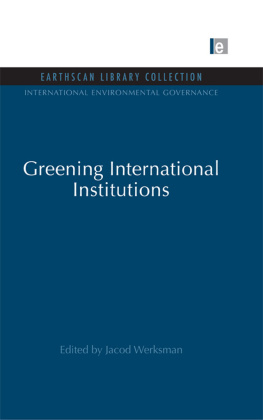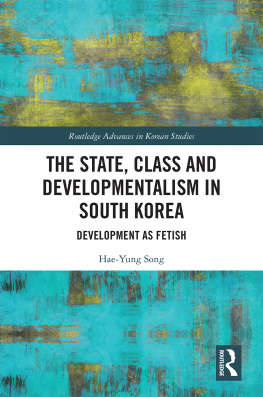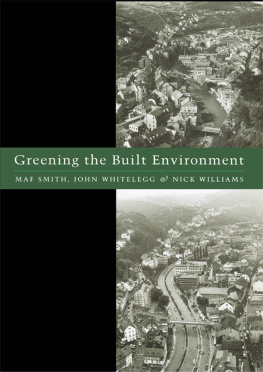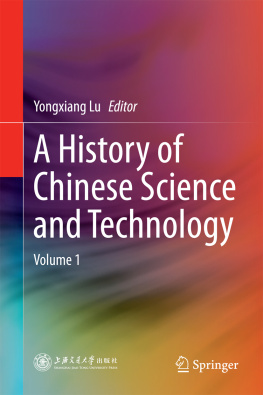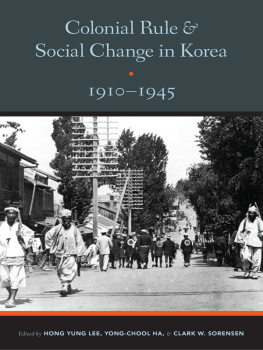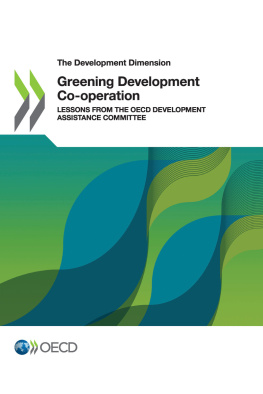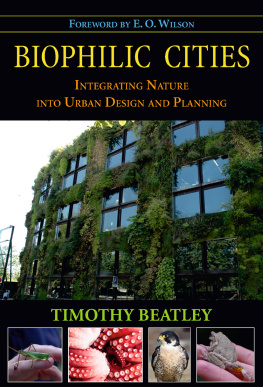Jim Chi Yung - Greening cities: forms and functions
Here you can read online Jim Chi Yung - Greening cities: forms and functions full text of the book (entire story) in english for free. Download pdf and epub, get meaning, cover and reviews about this ebook. City: Singapore, year: 2017, publisher: Springer Nature.;, genre: Romance novel. Description of the work, (preface) as well as reviews are available. Best literature library LitArk.com created for fans of good reading and offers a wide selection of genres:
Romance novel
Science fiction
Adventure
Detective
Science
History
Home and family
Prose
Art
Politics
Computer
Non-fiction
Religion
Business
Children
Humor
Choose a favorite category and find really read worthwhile books. Enjoy immersion in the world of imagination, feel the emotions of the characters or learn something new for yourself, make an fascinating discovery.
- Book:Greening cities: forms and functions
- Author:
- Publisher:Springer Nature.;
- Genre:
- Year:2017
- City:Singapore
- Rating:4 / 5
- Favourites:Add to favourites
- Your mark:
- 80
- 1
- 2
- 3
- 4
- 5
Greening cities: forms and functions: summary, description and annotation
We offer to read an annotation, description, summary or preface (depends on what the author of the book "Greening cities: forms and functions" wrote himself). If you haven't found the necessary information about the book — write in the comments, we will try to find it.
Greening cities: forms and functions — read online for free the complete book (whole text) full work
Below is the text of the book, divided by pages. System saving the place of the last page read, allows you to conveniently read the book "Greening cities: forms and functions" online for free, without having to search again every time where you left off. Put a bookmark, and you can go to the page where you finished reading at any time.
Font size:
Interval:
Bookmark:
- From the establishment of individual green space sites per se to the city-scale spatial-ecological planning especially with reference to sustainability and liveability issues (Caspersen and Olafsson ).
- From non-spatial and non-ecological planning of urban green space to firm grasp and application of mainstream ecological, urban-ecological, and landscape-ecological principles.
- From isolated green patches to connectivity with the help of stepping stones and habitat corridors, and permeating ecological network of greenways and blueways (Ignatieva et al. ).
- From casual or chance inheritance of natural enclaves by default to well-planned conservation of high-calibre remnant nature by design, as well as creation of complex natural ecosystems at green or brown fields.
- From an emphasis on vegetation to seamless integration with water features to form the green-cum-blue infrastructure with applications in stormwater management in terms of both quantity and quality (District of Columbia ).
- From landscape planting to urban farming and allotment and community gardening realms that can fuse natural with productive and amenity functions.
- From the emphasis on formal green space to increasing awareness and attention to informal urban natural areas.
- From ground-level greening to elevated skyrise greening expressed as green roofs, green walls and sky terraces.
- From single organism, factor or process to the integrated ecosystem approach adopting the multidisciplinary perspective.
- From simplistic off-site habitat compensation or offset to full re-creation of ecological components, interactions and processes (Qutier and Lavorel ).
- From urban densification dominated by the grey infrastructure to embracing the green imperative in a co-ordinated manner under a nature-friendly planning and development regime (Jim and Chan ).
- From the redevelopment of old districts without improvement in green space provision to visionary allocation of adequate land for high-quality green sites with the help of development right transfer.
- From little attention to soil coverage in cities to increasing studies on the role of permeable land surface in urban vegetation performance and as a surrogate indicator of environmental quality (Artmann and Breuste ).
- From piecemeal transfer of research findings to the comprehensive and integrated knowledge exchange in the package of nature-based solutions (European Commission ).
- From the traditional horticultural-landscape design to the innovative ecological-naturalistic alternative aiming at emulating the local or regional ecology (Jim and Chen ).
- From routine provision of limited species richness to meticulous design to plant and attract more species to achieve high biodiversity (Secretariat of the Convention on Biological Diversity ).
- From ingrained preference for domination by a common cohort of exotic species to cultivating and accommodating native flora and fauna.
- From realizing the individual benefits of urban green space to the holistic understanding of the whole package of ecosystem services.
- From the contribution of green space to the quality of the environment to the quality of life, including passive health benefits and active enhancement of physical and mental health.
Font size:
Interval:
Bookmark:
Similar books «Greening cities: forms and functions»
Look at similar books to Greening cities: forms and functions. We have selected literature similar in name and meaning in the hope of providing readers with more options to find new, interesting, not yet read works.
Discussion, reviews of the book Greening cities: forms and functions and just readers' own opinions. Leave your comments, write what you think about the work, its meaning or the main characters. Specify what exactly you liked and what you didn't like, and why you think so.





